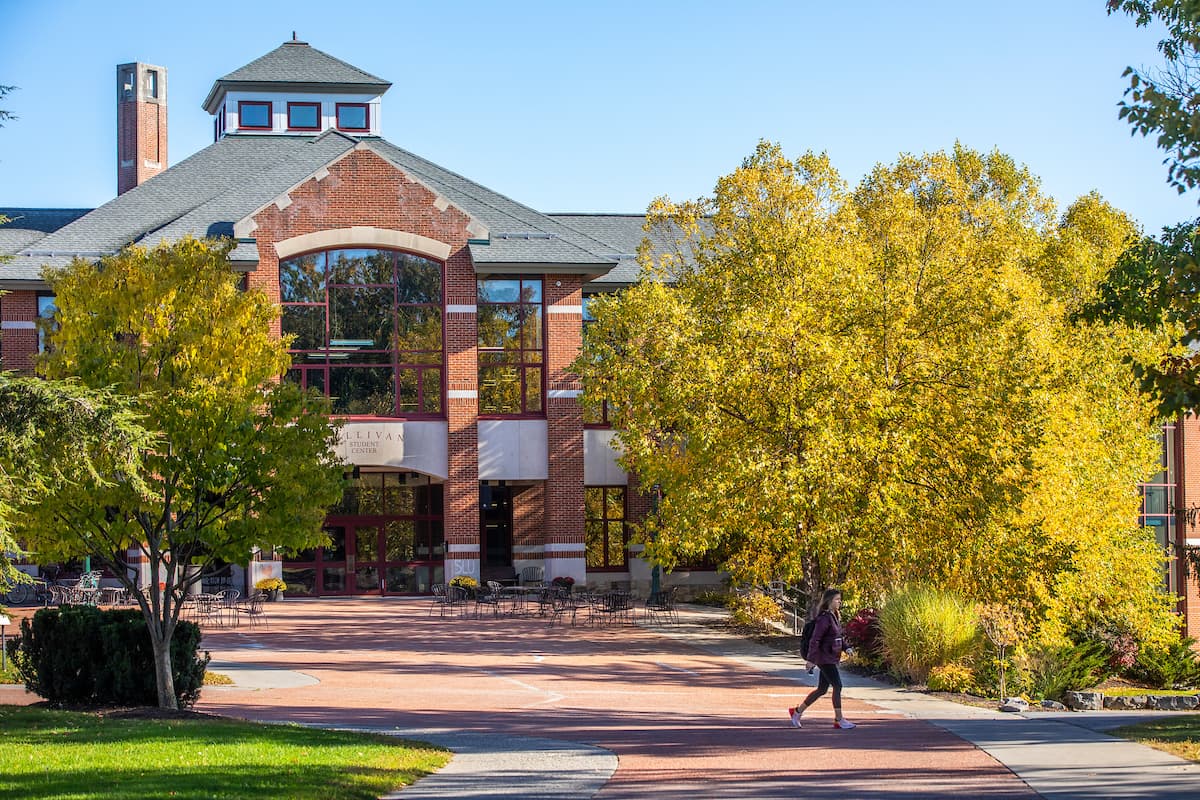When the shootings in Ottawa occurred last week I did not fail to notice the students constantly checking CNN updates on their phones, the cancellation of weekend plans to Canada, and the overall anxiety in regards to the weekday drama. Something else made apparent among political bloggers and activists in the wake of the shootings was the obvious difference in how news is reported between Canadian and American media sources. All major American media covered the story with headlines centered on terror and the story behind the killer, arousing fear of terrorism among the viewers. Canadian news, however, avoided rumors while trying to keep the story backed by facts, and centered on the mourning of the victims.
Comparing these differing displays of a crisis management brings up some relevant issues on how society is educated on events, or more specifically, how we are practically taught to react with fear and anxiety for the sake of increased viewership for our news outlet. Not only does fear get viewers, but flashy, colorful propaganda holds the attention. I’ll avoid making any tall claim on how ours news outlets gives Americans ADD, and focus on how this fear and attention grabbing centered news overshadows the importance of what is actually being covered. We should be concerned about the victims of the shooting, not the background of the shooter. We should guide our discussion of events by proven facts, and not by mumbled rumors retold by every eyewitness within a twenty-mile radius.
To go even further with implications of the comparison between American and Canadian news, I would also argue that this as a case study supports the idea that American media holds more influence over public opinion then most of us are aware. In a scenario such as the Ottawa shootings, this comparison probably does not mean a lot to most of us. However, the implications of the effects certain media coverage is applicable to other issues that are relevant, such as media bias’ effect on elections.
I think the media has a significant influence over public opinion. And in order for a democracy to function at full capacity, the people need to have access to accurate and legitimately reliable information. The news has every right to report whatever it would like, but when each story is overshadowed with demanding distractions and accusations, Americans are not getting what they need to develop individual opinions and thoughts. For anyone who watched the T.V. show Crashbox when they were a child, it’s like the segment called ‘distraction news’. Were any of us actually able to obtain and absorb all the information when there was so much going on? The comparison of American and Canadian news coverage illustrates this perfectly; American news is full of distractions and deviations that take away from the real issues at hand.



